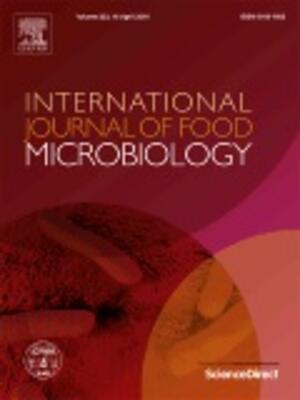
Seroprevalence and related risk factors of Brucella spp. in livestock and humans in Garbatula subcounty, Isiolo county, Kenya
Abstract
Background
Brucellosis is a neglected zoonotic disease that affects both animals and humans, causing debilitating illness in humans and socio-economic losses in livestock-keeping households globally. The disease is endemic in many developing countries, including Kenya, but measures to prevent and control the disease are often inadequate among high-risk populations. This study aimed to investigate the human and livestock seroprevalence of brucellosis and associated risk factors of Brucella spp. in a pastoralist region of northern Kenya.
Methods
A cross-sectional survey was conducted using a two-stage cluster sampling method to select households, livestock, and humans for sampling. Blood samples were collected from 683 humans and 2157 animals, and Brucella immunoglobulin G (IgG) antibodies were detected using enzyme-linked immunosorbent assays. A structured questionnaire was used to collect data on potential risk factors associated with human and animal exposures. Risk factors associated with Brucella spp. exposures in humans and livestock were identified using Multivariate logistic regression.
Results
The results indicated an overall livestock Brucella spp. seroprevalence of 10.4% (95% Confidence Interval (CI): 9.2–11.7). Camels had the highest exposure rates at 19.6% (95% CI: 12.4–27.3), followed by cattle at 13.2% (95% CI: 9.3–17.1), goats at 13.1% (95% CI: 11.1–15.3) and sheep at 5.4% (95% CI: 4.0–6.9). The herd-level seroprevalence was 51.7% (95% CI, 47.9–55.7). Adult animals (Adjusted Odds Ratio (aOR) = 2.3, CI = 1.3–4.0), female animals (aOR = 1.7, CI: 1.1–2.6), and large herd sizes (aOR = 2.3, CI = 1.3–4.0) were significantly associated with anti-brucella antibody detection while sheep had significantly lower odds of Brucella spp. exposure compared to cattle (aOR = 1.3, CI = 0.8–2.1) and camels (aOR = 2.4, CI = 1.2–4.8). Human individual and household seroprevalences were 54.0% (95 CI, 50.2–58.0) and 86.4% (84.0–89.0), respectively. Significant risk factors associated with human seropositivity included being male (aOR = 2.1, CI:1.3–3.2), residing in Sericho ward (aOR = 1.6, CI:1.1–2.5) and having no formal education (aOR = 3.0, CI:1.5–5.9). There was a strong correlation between human seropositivity and herd exposure (aOR = 1.6, CI:1.2–2.3).
Conclusions
The study provides evidence of high human and livestock exposures to Brucella spp. and identifies important risk factors associated with disease spread. These findings emphasize the need for targeted prevention and control measures to curb the spread of brucellosis and implement a One Health surveillance to ensure early detection of the disease in Isiolo County, Northern Kenya.
Citation
Mwatondo, A., Muturi, M., Akoko, J., Nyamota, R., Nthiwa, D., Maina, J., Omolo, J., Gichuhi, S., Mureithi, M.W. and Bett, B. 2023. Seroprevalence and related risk factors of Brucella spp. in livestock and humans in Garbatula subcounty, Isiolo county, Kenya. PLOS Neglected Tropical Diseases 17(10): e0011682.








